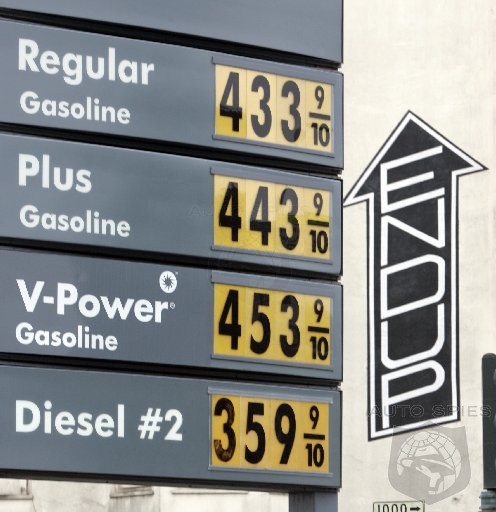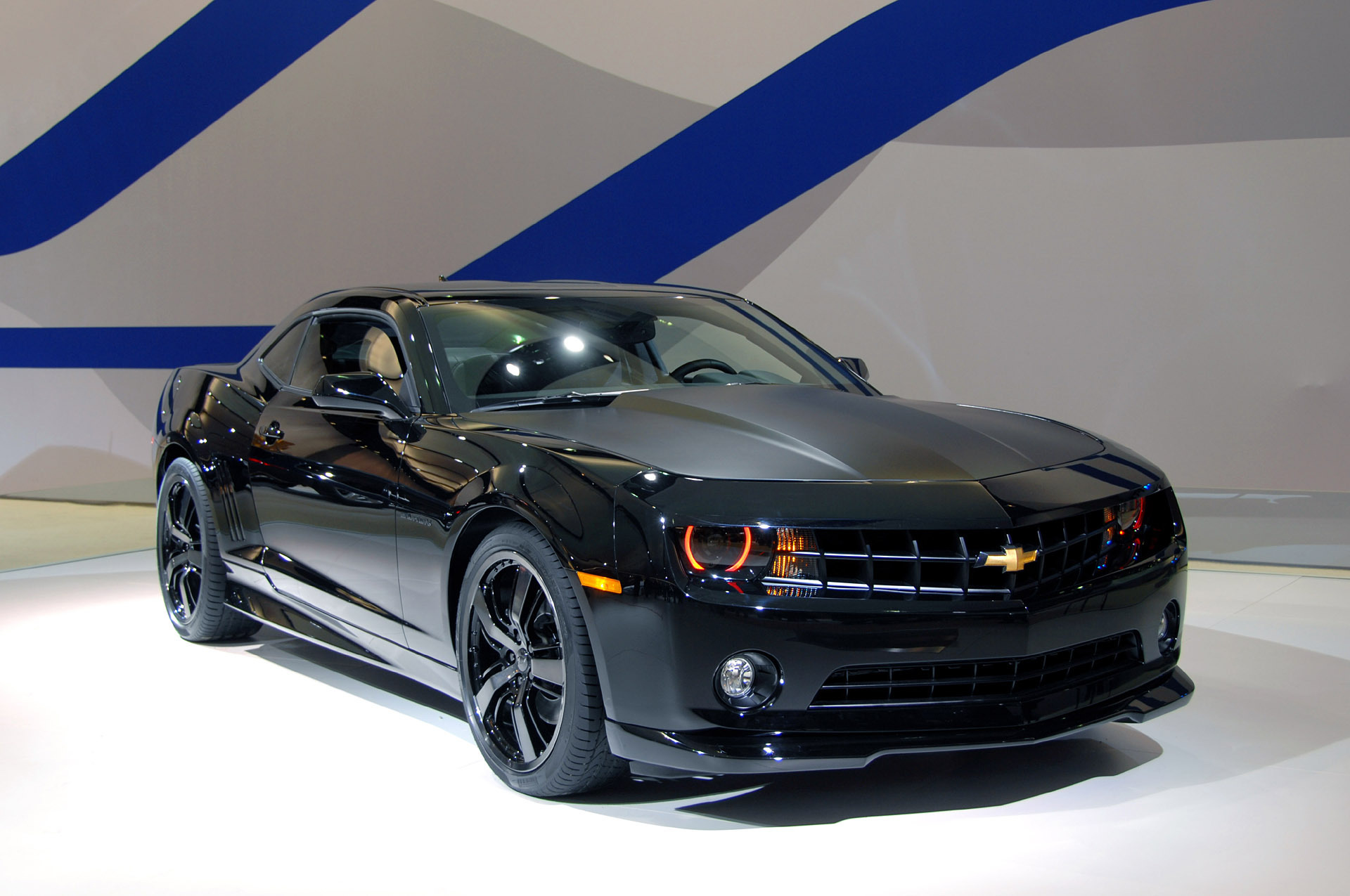Toyota issued a recall covering 2.3 million late model cars, SUVs and pickup trucks several weeks ago, broadening its largest recall ever and acknowledging that potential accelerator pedal problems were more numerous than previously acknowledged.
Toyota previously recalled about 4.2 million Toyota and Lexus vehicles to reduce the risk of pedal trapping caused by floor mats, according to a news release issued by Toyota Motor Sales U.S.A. About 1.7 million Toyota vehicles are subject to both recalls, the company said.
Toyota stated in "rare instances" the accelerator pedal may stick in a partially depressed position or return slowly to the idle position.
Toyota previously had maintained there was no evidence of a mechanical fault linked to reported bursts of unintended acceleration that prompted the original recall last year.
The National Highway Traffic Safety Administration had received reports of 100 incidents at the time of Toyota's first recall. Those reports included 17 crashes and five fatalities possibly linked to floor mats and accelerator pedals in Toyota cars and trucks.
One of those crashes involved a Lexus that accelerated to more than 120 mph before crashing in San Diego, killing four people.
The safety stumbles have harmed Toyota's reputation in the U.S. as a builder of dependable, high-quality cars. Last year's recall was the sixth-largest ever in the United States.
Vehicles affected by the latest recall are:
• 2009-2010 RAV4
• 2009-2010 Corolla
• 2009-2010 Matrix
• 2005-2010 Avalon
• 2007-2010 Camry
• 2010 Highlander
• 2007-2010 Tundra
• 2008-2010 Sequoia
I think that this Recall is pure proof that this so called dependable Toyota and Honda are supposivley superior to American cars when in reality they are not. Every automaker has their issues with defects and recalls, but this one for Toyota is massive and should be seen as a wake up call to the American people. American cars are safer,more relaible, and even becoming cheaper. So i think that more people should look at an American option before they put there foot on the pedal of a Toyota!










